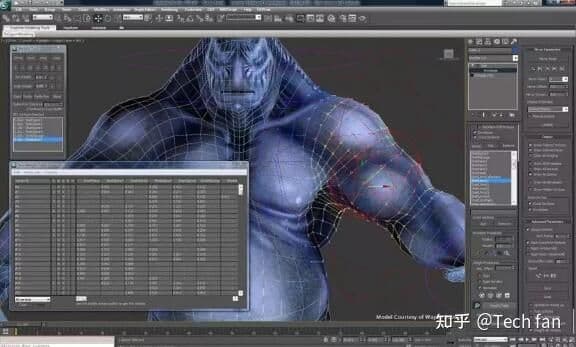1. General Full Function 3D Design Software
1.3DS Max.
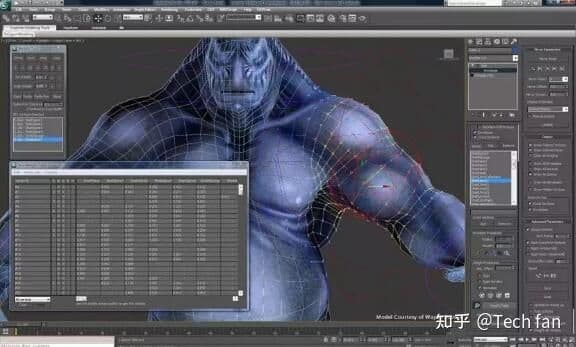
3D Studio MAX, commonly known as 3DS MAX, is a widely popular 3D modeling, animation and rendering software. It is considered one of the easiest to use among its peers.
Initially, the 3DS MAX was used in the production of computer game animations. However, it later expanded its reach to produce special effects in films and television programs, such as “X-Men” and “The Last Warrior”.
2. Maya

Maya is ranked among the best 3D animation software in the world and is widely used in professional film and television advertisements, character animation, and cinematic stunts.
With its advanced features, intuitive interface, and efficient workflow, Maya offers high production efficiency and realistic rendering capabilities.
As a cutting-edge production software in the film industry, Maya is expensive and renowned, and it is the ideal tool for producers.
Mastering Maya can significantly improve production efficiency and quality, enabling accurate character animation simulation and realistic movie rendering.
Becoming proficient in Maya is a key step towards becoming a world-class animator.
3. Rhino
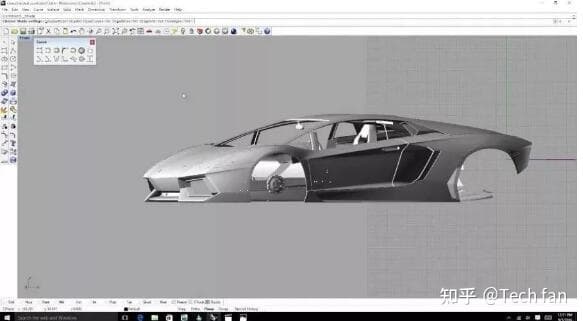
Rhinoceros, also known as Rhino, is a powerful 3D modeling software. Despite its simplicity, it should not be underestimated. Its basic operations are similar to AutoCAD, making it easy for beginners with AutoCAD experience to master.
Today, Rhino is widely used in industries such as industrial design, architecture, furniture design, and shoe mold creation. It is excellent at modeling product appearance and is a valuable tool for professionals in these fields.
4. Z Brush

ZBrush is a renowned digital sculpting and painting software known for its robust features and user-friendly interface. The interface is intuitive and the workflow is seamless, giving artists the freedom to unleash their creative potential. The functional combination of the software, developed with practicality in mind, stimulates artistic expression and encourages artists to create freely.
ZBrush completely revolutionizes the traditional 3D design process, freeing artists from the constraints of mouse-based, parameter-dependent creation methods. Prioritizes respect for designers’ creative inspiration and traditional work habits.
5. Google SketchUp
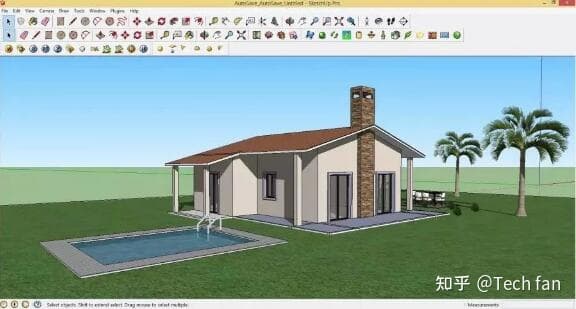
SketchUp is a set of design tools that streamlines the process of creating design schemes.
With its intuitive creation process, designers can effectively communicate their ideas and meet customer needs in real time.
SketchUp allows designers to directly visualize their designs on a computer.
It is an exceptional tool for creating 3D architectural designs.
SketchUp is a widely popular and easy-to-use 3D design software.
The official website compares it to an electronic “pencil” for design.
Its main advantage is its ease of use and quick learning curve, making it accessible to everyone.
Additionally, users can directly export their 3D models created with SketchUp to Google Earth, which is a fantastic feature!
6. Poser
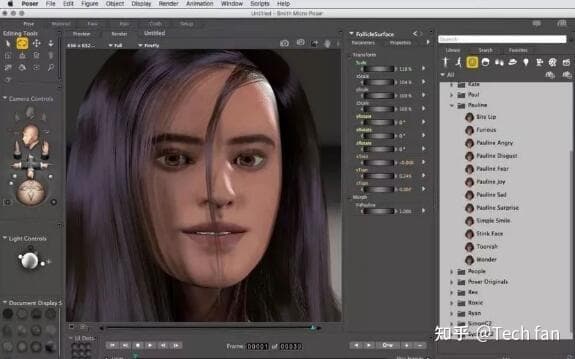
Poser is an excellent software for 3D modeling of animals and humans and for producing 3D human animation, developed by MetaCreations. With Poser, you can easily add hairstyles, clothes, accessories, and other embellishments to your 3D body shape, allowing people's creativity and design to show off.
7.Blender
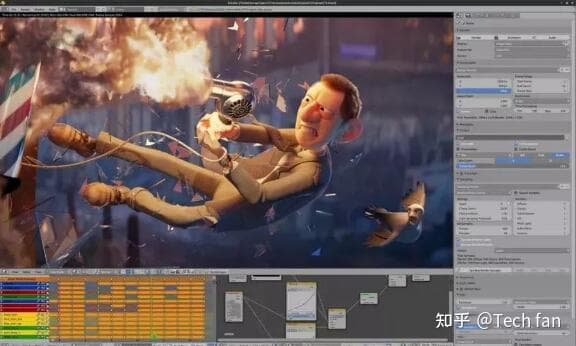
Blender is a full-featured, open-source, cross-platform 3D animation production software that offers a comprehensive range of solutions for short film production, including modeling, animation, materials, rendering, audio processing, and video editing.
Designed for media professionals and artists around the world, Blender can be used for 3D visualization and creating high-quality film broadcasts and videos.
Additionally, its built-in real-time 3D game engine enables independent 3D interactive content creation.
For those who enjoy 3D drawing, Blender offers an affordable way to bring your favorite 3D models to life. It supports various polygon modeling techniques and has powerful animation features.
8.FormZ
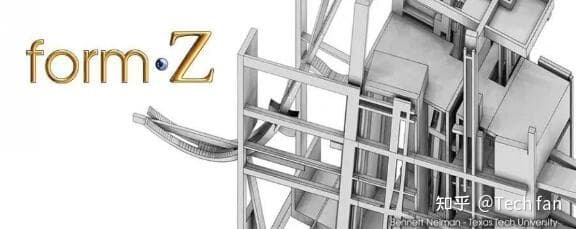
FormZ is a highly acclaimed all-in-one software for solid and planar modeling that has an extensive and unique range of 2D/3D shape processing and molding functions.
It is an effective tool for professionals, including architects, landscape architects, urban planners, engineers, animators, and illustrators, as well as industrial and interior designers, who often work with 3D spaces and shapes.
9. 3D Light Wave
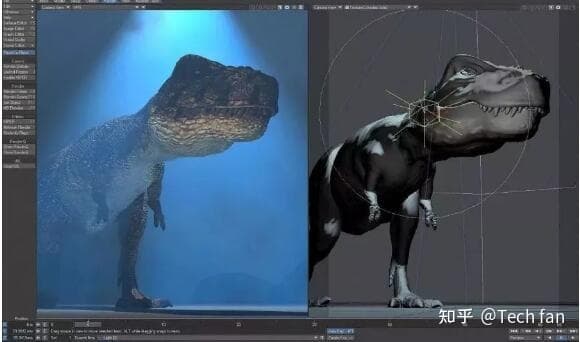
Lightwave3D, developed by NewTek, is a cost-effective 3D animation production software widely used in a variety of industries, including film, television, gaming, web pages, advertising, printing and animation. It is known for its powerful features and is considered one of the few heavyweight options in the industry.
One of its main benefits is its ease of use, making it accessible to users of all skill levels. Furthermore, it has extremely powerful functions for biological modeling and character animation.
The software's rendering module, which is based on advanced technologies such as ray tracing and radiosity, also differentiates it from others, as it results in almost perfect rendering quality.
10.C4D
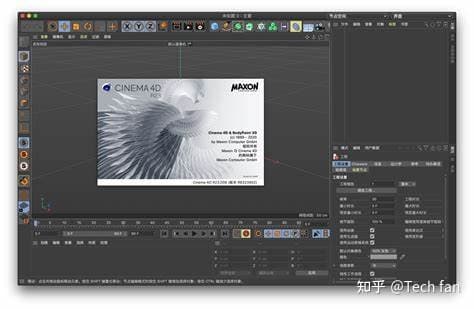
The full name of Cinema 4D, also known as C4D, is a 3D animation software developed by Maxon in Germany.
Cinema 4D is a well-established 3D software known for its top-notch modeling, animation, and rendering capabilities.
It is an easy-to-use, easy-to-learn, and highly efficient 3D production software offering film-level visual expression capabilities.
C4D's exceptional visual expression capabilities have made it a popular choice among visual designers.
Founded in Germany in 1989, this software has existed for over 30 years and continues to evolve and improve its functions.
C4D is highly sought after in the field of design and its technology is widely used in e-commerce design, graphic design, user interface design, industrial design, and film and television production.
Many blockbuster movie characters have been modeled using C4D.
2. 3D Industrial Design Software
1.AutoCAD
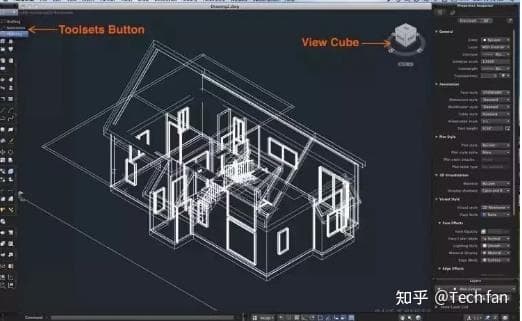
AutoCAD, Autodesk's flagship product, is widely used to create two-dimensional drawings, detailed designs, and basic 3D designs. It has become a popular drawing tool around the world.
With its user-friendly interface, AutoCAD offers versatile operations that can be performed through an interactive menu or command line. Additionally, its multi-document design environment makes it easy for non-technical users to quickly learn and use the software.
2.CACIA
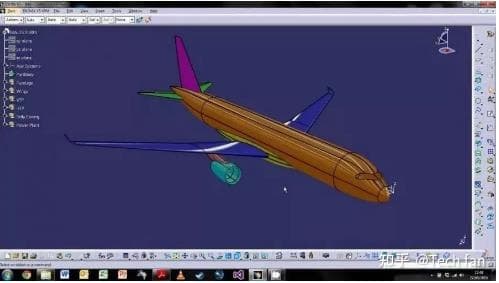
CATIA is a state-of-the-art integrated CAD/CAE/CAM software developed by Dassault Systems SA
In the 1970s, the first user of CATIA was the world-renowned aerospace company Dassault Aviation.
Today, CATIA's capabilities have been recognized by a variety of industries, with notable users including Boeing, BMW, Mercedes-Benz and other well-known companies.
3.UG
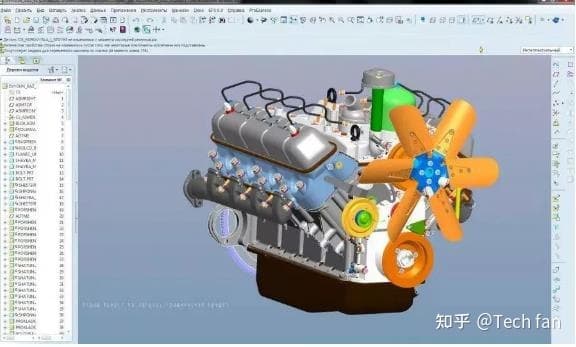
Unigraphics NX (UG) is a next-generation software product developed by Siemens. It offers digital modeling and verification capabilities for users to design and process their products. UG was initially used by McDonnell Douglas Aircraft Company and has since become one of the dominant 3D design applications in the mold industry.
4. Solidworks
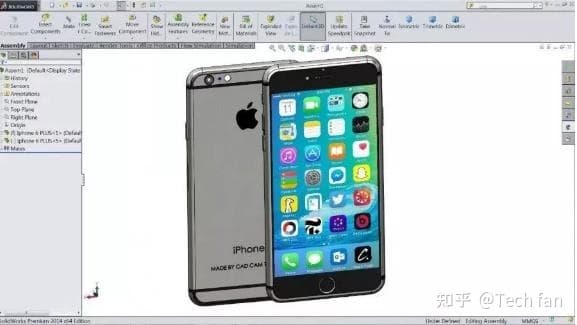
SolidWorks is a product of Dassault Systems SA, a company specializing in the development and sale of Windows-based mechanical design software.
SolidWorks helps designers simplify the design process, improve accuracy, drive design innovation, and bring products to market faster.
It was the first Windows-based 3D CAD system and remains a leading and widely used solution in the industry due to its robust features and numerous components.
5.Pro/E

“Pro/Engineer” (often referred to simply as “Pro/E”) is a suite of mechanical design and production software developed by the American company PTC. It is widely used in a variety of industries, including automotive, aerospace, consumer electronics, mold making, toy manufacturing, industrial design and machinery production.
6.Cimatron
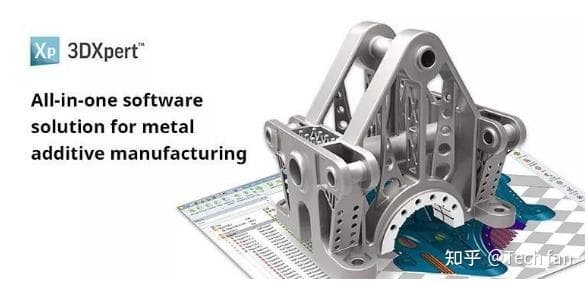
Cimatron is software developed by the Israeli company Cimatron (now a subsidiary of American 3D Systems).
The software is known for its flexible user interface, mainly used in the areas of mold design and model processing.
It has gained wide popularity in the global mold manufacturing industry.
The Cimatron team has also developed metal 3D printing software called 3Dxpert, which is based on Cimatron software.
3Dxpert is the first metal 3D printing software that covers the entire design process, from design to final printing and even the post-processing stages of CNC processing.
3. 3D engraving modeling software: brush-type high-precision modeling software
1.ZBrush
ZBrush software, developed by Pixologic, is an innovative 3D design tool that gives artists the freedom to unleash their creativity without limitations.
With the ability to sculpt up to 1 billion polygonal models, the only limit to what artists can create in ZBrush is their imagination.
2.Mud box
Mudbox is 3D sculpting and modeling software developed by Autodesk. It has its own strengths and weaknesses compared to ZBrush. Some users consider Mudbox to be even more advanced than ZBrush, making it a formidable rival.
3.MeshMixer
Autodesk created Meshmixer, a brush-like 3D modeling tool that allows users to create 3D models by combining existing models through brush-like interaction, similar to Poisson fusion or Laplacian fusion technology. For example, users can create mixed 3D models such as “bull head and horse face”.
It's worth noting that the latest version of Meshmixer also includes a new algorithm to optimize 3D printing support.
4.3DCcoat
3D Coat is digital sculpting software developed in Ukraine.
Let's start by taking a closer look at the official introduction: 3D Coat is software designed specifically for game artists.
It focuses on complex game model design and combines real-time texture rendering and detailed sculpting capabilities for 3D models.
This software streamlines the detailed design process and allows you to create more content in less time.
By simply importing a low-precision model, 3D Coat can automatically generate UVs and produce normal maps, displacement maps, color maps, transparency maps, and highlight maps all at once.
5.Sculptris
Sculptris is virtual modeling software built around the concept of clay modeling. It is the ideal choice for users who want to create figurines.
6.Mode
Modo is a comprehensive 3D software that offers advanced features in polygonal subdivision surface modeling, sculpting, 3D painting, animation and rendering. Developed and maintained by Luxology, LLC, the software features several cutting-edge technologies, such as support for N-gons (polygons with more than four sides), multilevel 3D painting, and edge weighting tools. It is compatible with Apple's macOS and Microsoft Windows operating systems.
4. Photo-Based 3D Modeling Software
1.Autodesk 123D
Autodesk 123D Catch is modeling software that focuses on capturing 3D models from photographs.
Users can take photos of objects, people or scenes from different angles using cameras or cell phones and then upload them to the cloud. The software harnesses the power of cloud computing to quickly convert these digital photos into 3D models, complete with texture information.
We have tried it several times and found it to be very easy to use. However, it should be noted that the generated 3D geometry may not be very detailed and realism is mainly achieved through textures. In some cases, the software may also be unable to generate accurate geometry.
2. 3DSOM Pro
3DOM Pro is software that creates 3D models from high-quality photographs. It can generate a 3D model from an image of a real object and the resulting model can be displayed interactively on the web.
3. PhotoSynthesizer
Microsoft created a product called Photosynth, which is capable of processing a large number of 3D photos. However, it should be noted that Photosynth does not actually generate a 3D model, but instead creates a 3D virtual environment based on camera parameters and the spatial relationships between photos. This allows users to view the scene from different perspectives and positions. The displayed scene is constructed using the input photos.
5. Scan-based 3D modeling software (reverse design)
1. Geomagic
Geomagic, also known as “Jiemo”, consists of several software products: Geomagic Studio, Geomagic Qualify and Geomagic Plan.
Geomagic Studio is a highly used reverse engineering software that has the following features:
- It significantly increases production efficiency in creating perfect polygonal and NURBS models when compared to traditional CAD software, especially when dealing with complex shapes or free-form surfaces.
- It can be seamlessly integrated with leading 3D scanning equipment and CAD/CAM software.
- It can be used as a standalone application for rapid manufacturing or as a complement to existing CAD software.
- It is an essential tool for scientific research.
2.ImageWare
Imageware was developed by EDS, a company based in the United States, and later acquired by Siemens PLM Software of Germany. It is now incorporated into the NX product line and is known as the leading reverse engineering software.
Imageware is widely used in the design and manufacturing industries, including automobiles, aviation, aerospace, home appliances, mold manufacturing, computer components and other sectors. This is due to its exceptional point cloud processing, surface editing and class A surface construction capabilities.
3. Quick Form
Rapidform is a reverse engineering software developed by Inus Company of South Korea. It offers a state-of-the-art operating mode that can instantly convert point cloud data into continuous polygonal surfaces, making it a highly efficient interface for 3D scanning data .
Rapidform is also the original equipment manufacturer (OEM) software for many 3D scanners. Our recently purchased Konica Minolta Line 7 laser scanner has been reverse engineered using Rapidform.
4.Rebuild me
Reconstructme, developed by ProFactor, is powerful and easy-to-use 3D reconstruction software. It can scan 3D scenes in real time using Microsoft Kinect or ASUS Xtion, with Kinect Fusion as the main algorithm. The software allows you to complete a full-color 3D scene in just a few minutes.
We tried Reconstructme and were pleased with the results. It also provides a graphical user interface through the use of the open-source Reconstructme SDK.
Note: Skanect, developed by Manctl in France, was the first 3D scanning software for the Mac platform. It also supports real-time 3D scanning with ASUS Xtion or Microsoft Kinect.
5.Arte Studio
The ARTec EVA, ARTec Spider and other lightweight portable structured 3D scanners produced by ARTec are known for their lightweight design and ease of use. These products have become the preferred choice for scanning objects in various 3D experience rooms.
After using the ARTec EVA, I discovered that it takes a certain level of skill to scan objects correctly. Additionally, additional processing using software may be required, such as data denoising, repair, smoothing, and hole filling.
ARTec has also developed software called ARTec Studio, which can be used with Microsoft Kinect, ASUS Xtion and somatosensory peripheral devices from other manufacturers to turn them into 3D scanners.
With ARTec Studio, Microsoft Kinect can be used to digitize models and perform post-processing tasks such as filling gaps, cleaning data, measuring, and exporting data. It is not known whether the Kinect Fusion algorithm is used in this process.
6.PolyWorks
PolyWorks is point cloud processing software developed by Canada-based InnovMetric. Offers 3D measurement solutions for the engineering and manufacturing sectors, including point cloud scanning, dimensional analysis and comparison, CAD modeling and reverse engineering.
7. CopyCAD
“CopyCAD” is a robust reverse engineering software developed by the British company Delcam. It has the ability to generate three-dimensional CAD models from existing parts or solid models. The software offers a comprehensive tool for creating CAD surfaces from scanned data. Additionally, it has the ability to accept data from coordinate measuring machine tools, tracking machine tools and laser scanners simultaneously.
6. Sketch-Based 3D Modeling Software
1.SketchUp
SketchUp is an easy-to-use 3D modeling software designed for the everyday user.
Creating a 3D model with SketchUp is similar to drawing on a piece of paper with a pencil.
The software has the ability to recognize the lines you draw and capture them automatically.
The modeling process is straightforward and clear; you draw lines on faces and then extend them to form bodies.
This is the most commonly used method for building or modeling indoor scenes.
2.Teddy
Teddy is 3D modeling software that creates interesting models using free-form drawing strokes. It is an outline-based program.
Please note that to use Teddy you will need to have Java installed on your Windows machine.
3. Easy Toy
EasyToy is a 3D modeling software that uses sketch-based modeling and 3D drafting methods. Its user interface is friendly and operations are straightforward, allowing users to easily create complex 3D models by combining a series of simple steps.
Compared to other 3D systems, EasyToy is easier to learn and use. It has a wide range of applications, including toy design, graphics, animation and education.
4.Magic Screen
“Magic Canvas” is software that allows the interactive design of 3D scene prototypes from hand-drawn sketches. The software accepts simple 2D sketches of models within the scene as inputs for building the 3D environment. The system then automatically recognizes the corresponding model from its database based on the user's sketch input.
5. Fiber Mesh
Fibermesh is a unique meshing tool that allows you to create real geometry dynamically or add it as a new subtool to an existing model.
The Fibermesh subpalette options can produce different shapes of fibers, hair and even vegetation.
7. Other 3D modeling software
1. Human Modeling Software
When it comes to building mannequins and animations, “Character Modeling Master”, also known as Poser software from MetaCreations, and the open source MakeHuman software are the top choices.
Both software are built on extensive anthropological morphological data, enabling the rapid formation of facial and limb models for individuals of different ages and genders, as well as the ability to adjust specific body shapes.
They make designing human body modeling, actions, and animations easy and efficient.
During my PhD, I used Poser to build mannequins for transformation and found it to be a highly convenient tool.
2. Urban modeling software
CityEngine from ESRI, a Canadian-based company, is the software of choice for 3D urban modeling. It allows users to quickly create 3D scenes using 2D data and streamline the planning and design process. The software has a wide range of applications in areas such as digital cities, urban planning, rail transit, pipeline design, architecture, game development and film production.
One of CityEngine's standout features is its seamless integration with ArcGIS, which allows much existing basic GIS data to be easily transformed into 3D models without the need for conversion. This significantly reduces the time required to build a 3D GIS system.
CityEngine was initially developed by Procedural, a company founded by the Pascal Mueller research group at ETH Zurich University. It was later acquired by ESRI.
3. 3D Web Modeling Tool
The 3D modeling software was developed web-based, using tools that use WebGL. These tools allow 3D modeling to be completed directly in the browser.
For example, 3DTin and TinkerCAD, acquired by Autodesk, have easy-to-use interfaces. They also have browser plug-ins, like Chrome, that allow you to create 3D models online, store them in the cloud, and share them in communities.
4. Another compact 3D modeling software
Most of these software programs are open source, small in size, and completely free.
Multimedia workers and artists often use these small programs to create 3D works. Some of the most used software in this category include Blender, K-3D, Art of Illumination, Seamless 3D, Wings3D and others.
- Blender
- K-3D
- Art of Illusion
- SOFTIMAGE XSI Modification Tool
- Zmodelador
- TopMod3d
- Google SketchUp 6
- AutoQ3D Community – 3D Editor
- Anima8or
- seamless3d
- BRL-CAD
- 3D Plus
- 3D screen
- eDrawings
- link 3D
- Minos
- freeCAD
- Bishop3D
- K3DSurf
- DesignWorkshop Lite
- GDesign 2.0
- Sweet Home 3D Model
- true space
- Alibre Design Xpress
- 3DVia shape
8. Virtual reality software and platform
Essentially, virtual reality software is not used for 3D modeling, but instead provides a virtual simulation of various sensory experiences such as vision, hearing and touch to the generated 3D model and scene, allowing the user to immerse themselves in the environment.
There are many related software programs, but only a few of the best-known ones have been mentioned.
1. Virtools and Quest3D
Virtools from France and Quest3D from Act-3D from the United States are experienced virtual reality production software.
In essence, they are real-time graphics engines serving industries and games, as well as integrated tools for 3D virtual and interactive technology.
This software allows artists with no programming experience to use the built-in behavior modules to quickly create a variety of 3D products for a variety of applications, such as the Internet, computer games, multimedia, architectural design, interactive TV, education and training, simulations, and computer displays. products. There are a multitude of online learning resources available.
2. Unit3D (U3D)
Unity3d (U3D), developed by Unity Technologies, is a rapidly emerging tool in recent years.
It is a comprehensive and professional virtual 3D and game engine.
Getting started with virtual reality and 3D games is easy with its intuitive operation, seamless interaction, and robust terrain rendering capabilities.
As a result, students can quickly create 3D games using U3D. Therefore, it is highly recommended to learn how to use it.
3.Vega
Vega is a real-time visual simulation and virtual reality development engine created by MultiGen Paradigm. It offers a comprehensive application program interface (API) in C/C++ language to its users.
When used in conjunction with its graphical user interface software, Lynx, Vega enables the rapid creation of a variety of interactive 3D environments. This makes it an ideal choice for 3D game development and 3D scene roaming projects.
4. OSG (open scene graph)
OpenSceneGraph (OSG) is an open source application programming interface (API) based on the C++ platform. It allows developers to easily and efficiently create high-performance, cross-platform interactive graphics programs.
OSG defines a 3D scene as a series of objects in space and manages the scene efficiently. As a free and open source solution, many 3D application software utilize OSG as the underlying infrastructure.
A few years ago, our company developed software for dental prosthetics that selected OSG as the framework for 3D data management, which greatly facilitated the development process.
However, for individuals without design experience, using OSG may not be straightforward. There are simple 3D software options available for educational purposes and personal enthusiasts.
1.Tinkercad
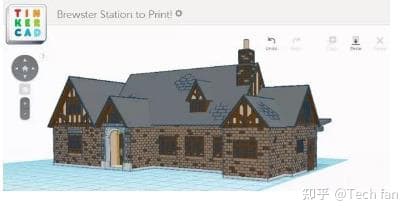
Tinkercad is a web-based 3D modeling tool with an attractive and user-friendly design interface. It's as easy to use as playing with building blocks, making it ideal for teens and children to create models.
A 3D printing enthusiast named Emily, who doesn't speak English, used Tinkercad to design and print a winery. The results show that Tinkercad is capable of producing beautiful, intricate details and a high-quality appearance, as seen in the figure.
Project 2.123D
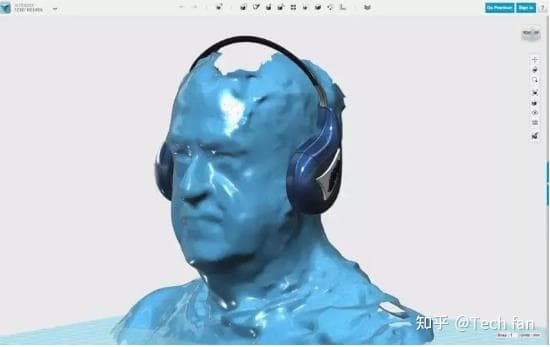
123D Design lets you create complex shapes by overlaying and modifying basic graphics, even if you have no experience as a CAD modeling engineer.
3. 123D Sculpture
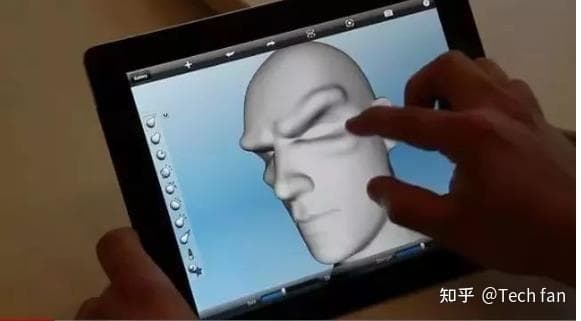
123D Sculpt is an iPad app that allows anyone with a creative inclination to easily create their own sculpture models.
4,123D Creature
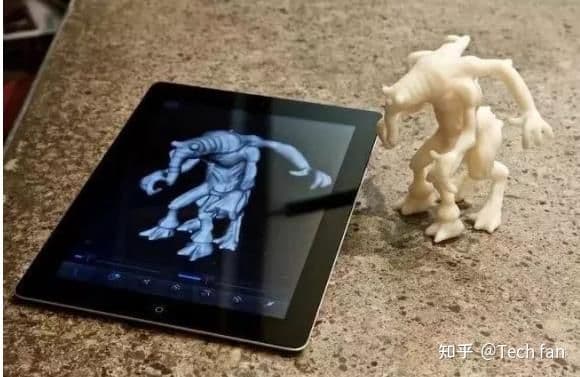
With 123D Creation, you can create a wide range of biological models based on your imagination. Whether you want to create something that exists in reality or something that only exists in your mind, the possibilities are endless.
5.123D Brand
123D Make allows you to convert three-dimensional models into two-dimensional patterns and then reproduce them using materials such as cardboard and wood. It can be used to create a variety of objects, such as art, furniture, sculptures, and other simple items.
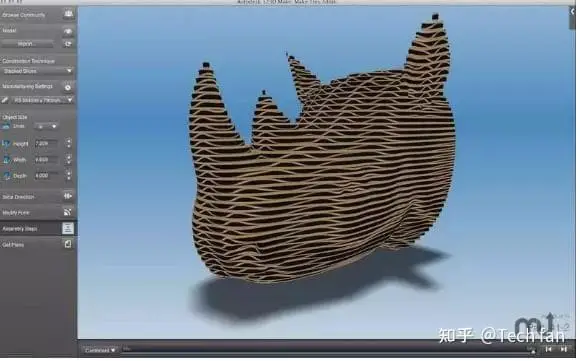
6.123D Capture
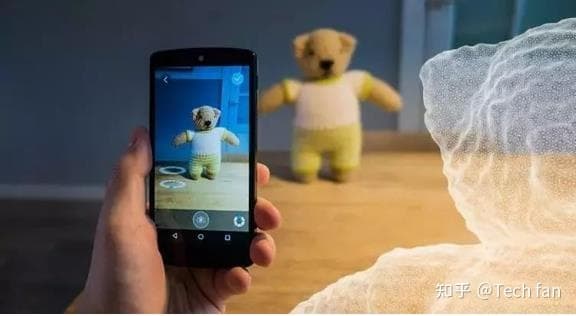
With the power of cloud computing, digital photos can be efficiently transformed into realistic 3D models. Whether captured with a compact camera, mobile device, or advanced digital SLR, anyone can use 123D Catch to convert their photos into stunning 3D models. Furthermore, mobile phone applications have been introduced, allowing even mobile devices to be used as 3D scanners.

